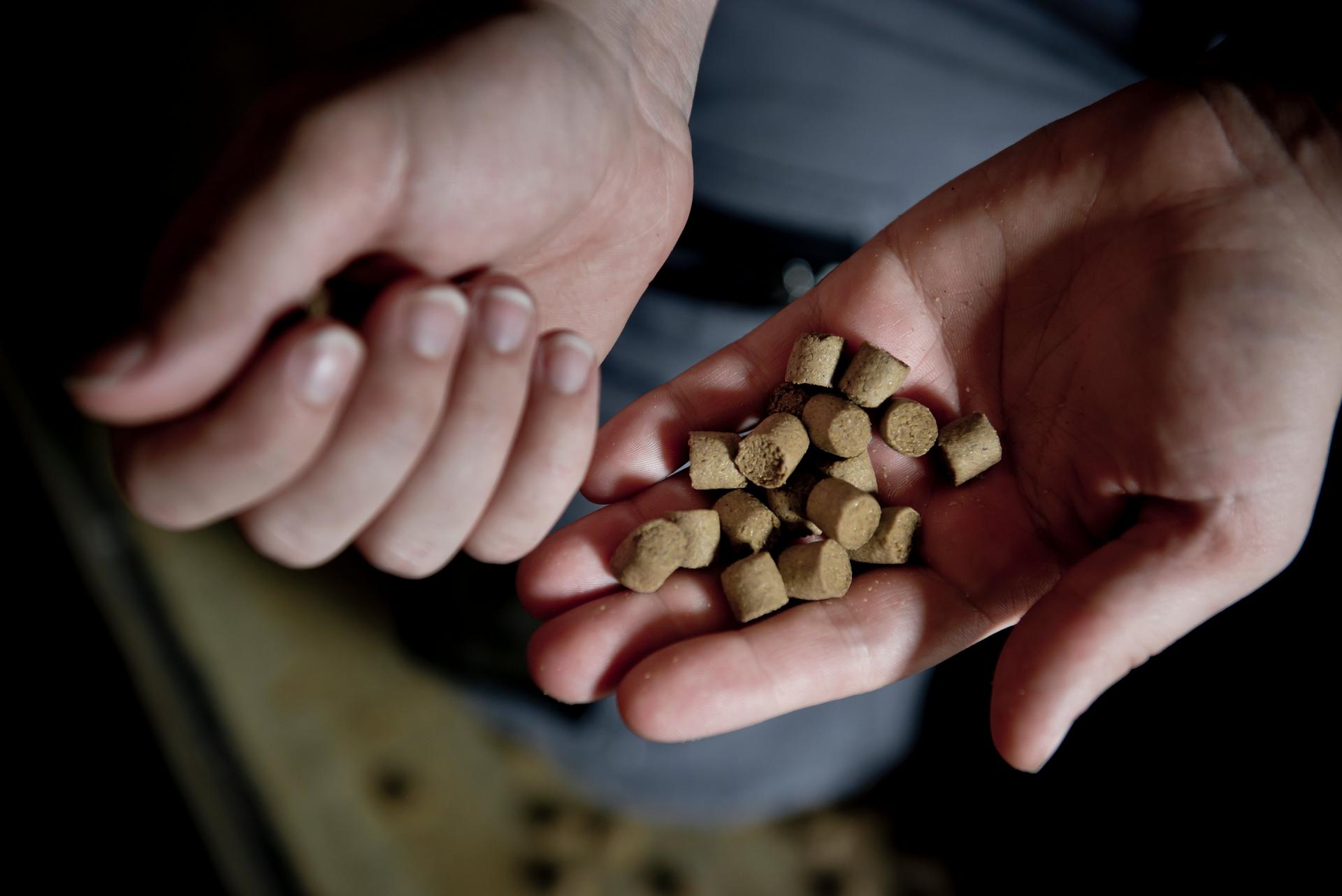Historically, feed choices were made using datasheets, recommendations, or experience, but this may not provide enough information for specific farm needs. Even similar feed types can perform differently, making trials essential for informed decisions.
At BioMar, we conduct benchmark trials to compare our feeds, both among themselves and against our competitors´ - in controlled environments as well as on commercial farms.
Conducting trials under controlled conditions
Trials should begin with a uniform group of fish (same strain and grade). To ensure a trial is valid, fish should ideally double their weight by the end of the trial period. The rearing units (cages, ponds, etc.) must be identical in size, shape, and water quality. If land-based, water should come from the same source; if sea-based, units should be exposed to the same current conditions.
To avoid bias, trial units with the same code should not be placed sequentially. A minimum of three units per trial code is necessary for reliable results.
Reliable results require at least three units (cages, ponds, channels, or tanks) per trial code. Using three or more units per trial code ensures that variations in the results are accounted for, providing a more accurate reflection of the trial's reliability.










?w=1920&%24withDefaultImage%24=&fmt=auto)



